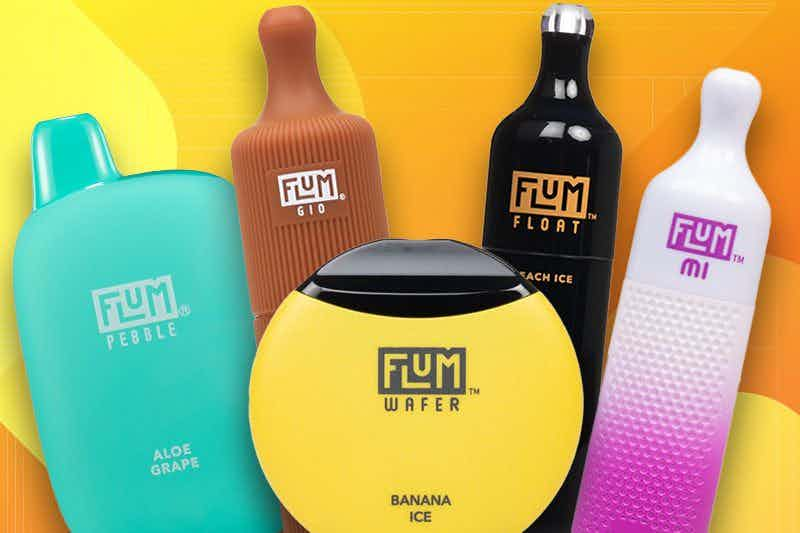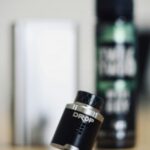Introduction
As vaping continues to expand in popularity, many users find themselves drawn back to specific brands. Whether it’s a preferred flavor, device reliability, or brand loyalty, there are numerous factors to consider when evaluating why certain vapers remain loyal to particular brands. This article will delve into product features, usage experiences, comparisons with competitors, advantages and disadvantages, and target user demographics.
Product Features
Leading vaping brands often distinguish themselves through unique product features. Premium e-liquids are crafted from high-quality ingredients that ensure consistent flavor and vapor production. Brands may offer an array of flavors, including traditional tobacco, fruity, and dessert options. Rigorous quality control processes, user-friendly device designs, and customizable settings enhance the overall vaping experience. Additionally, features such as temperature control, built-in safety mechanisms, and extensive battery life further establish brand credibility and user satisfaction.
Usage Experience
The user experience of a specific vaping brand can significantly influence consumer loyalty. Users usually seek reliability, ease of use, and satisfaction from their devices. Vapers often report that brands with a strong focus on ergonomics and aesthetic design tend to elevate the overall experience. For instance, devices with a smooth draw, consistent vapor output, and low maintenance requirements often receive higher ratings from users. Furthermore, the emotional connection formed through brand identity and community engagement can also play a substantial role in the overall experience.
Competitor Comparison
When comparing brands, it’s essential to look at how they stack up against their competitors. While some smaller brands may offer niche flavors or devices at reduced prices, established brands often provide superior product consistency thanks to economies of scale. Additionally, larger brands may have more extensive customer support and loyalty programs, ensuring a seamless customer journey. তবে, the market’s saturation means that competition also drives innovation, pushing established brands to continuously improve their offerings.
Advantages
The primary advantages of sticking with a specific vaping brand include product reliability and consistent flavor profiles. Loyal customers also benefit from a well-established brand reputation, ensuring safety and quality. Additionally, loyal consumers often enjoy exclusive rewards through customer loyalty programs, making it worth their while to remain committed to a particular brand.
Disadvantages

On the flip side, brand loyalty can sometimes lead to a limited exploration of new products. Consumers might miss out on innovative devices or flavors available from emerging brands. Additionally, prices may be higher for established brands compared to newer competitors.
Target User Demographics
The demographics of vaping consumers often mirror those who gravitate towards specific brands. Young adults, particularly those aged 18-35, are prominent users, often attracted to stylish designs and trendy flavors. Moreover, users transitioning from traditional tobacco products may prefer brands that replicate familiar flavors. Therefore, understanding these target demographics can help brands tailor their marketing and product development strategies effectively.
Conclusion
In summary, the bond between vapers and their preferred brands can be attributed to product features, user experiences, brand reputation, and a deep understanding of target demographics. While the vaping market continues to evolve, the factors driving brand loyalty highlight an interplay of quality, community, and individual preferences—cementing many brands as favorites in the vaping landscape.




